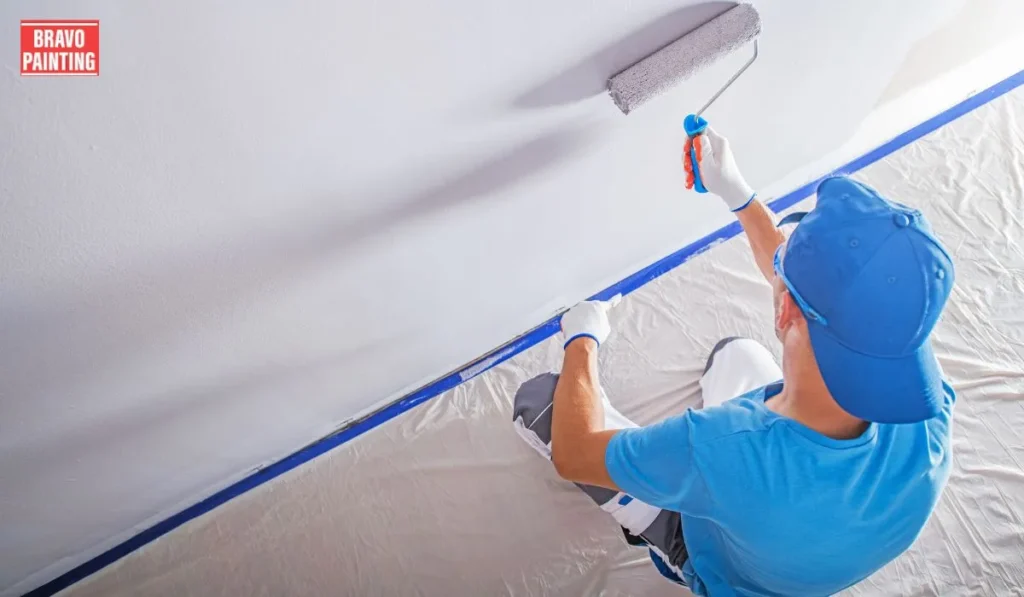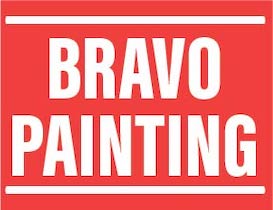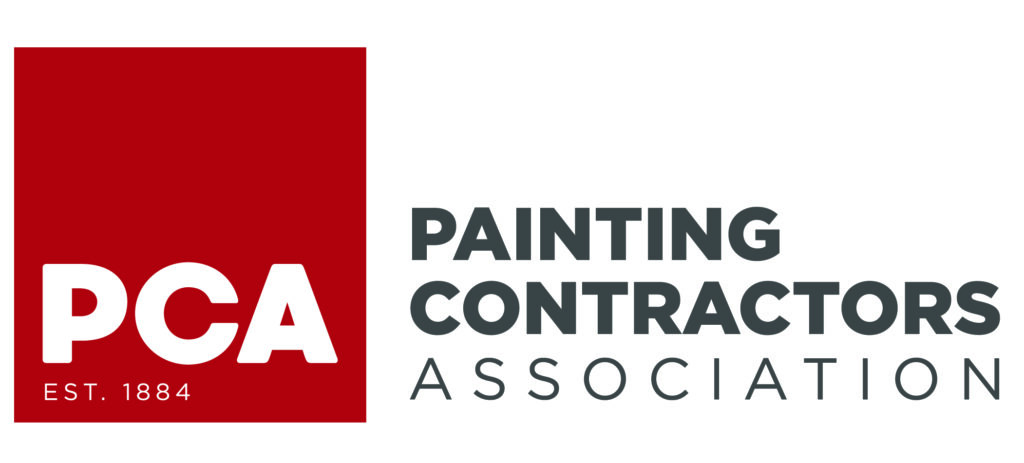If your home’s interior needs refreshments, a new paint job goes a long way.
New paint on the inside of your home makes your living space and your home stand out and may even boost your home’s value.
You have so many colours and finishes to pick from, and you have to choose whether to do it yourself or get someone else to do it.
And that’s only sometimes an easy choice.
This article will walk you through the general information required on residential Interior paint, examine the pros and cons of doing it yourself versus hiring professionals, and help you decide the best way to give your interior a new look.
Understanding the Basics of House Painting
First, before explaining DIY painting vs. hiring a professional, we need to get a slight grasp of painting the interior of a house.
This job has several steps: getting ready, applying primer, painting, and cleaning up.
Getting Ready
That matters most.
You must move furniture, cover surfaces with drop cloths, and clean walls so the paint sticks well.
Applying Primer
Depending on the condition of your walls and the kind of paint, you may need to use a primer.
Primer serves the purpose of hiding stains on an excellent surface that you can paint with.
Painting
You begin to paint using good tools; in this case, you would use brushes, rollers, and sprayers.
However, you must apply multiple coats to get a smooth look.
Cleanup
After you have painted everything, you are left to clean your brushes, rollers, and working area to keep things as neat as possible.
Interior Painting

You should realise that interior painting is not just an issue of looks.
You must consider how much it will cost to paint and the period for which different paints last.
How excellent and expensive paint is when painting inside might be different.
Some can be availed at a very reasonable price from your pocket and used for your costly taste.
Types of Interior Paint
Acrylic Paint: Acrylic paint is increasingly used on walls and ceilings.
They are primarily chosen because of the durability and easy cleanup they deliver.
It dries fast, and many finishes are available.
Oil-Based Paint: Its strength is that it has a very silky finish, and its durability is at the highest ranking; hence, it best suits trim and mouldings.
However, it takes longer to dry, and only solvents can help clean up.
Low-VOC and Zero-VOC Paints: These are environmentally friendly as they release fewer volatile organic compounds, thus providing healthier indoor air quality.
Pros of DIY Interior Painting
For many homeowners, DIY interior painting is an attractive option for several reasons:
Cost Savings
This is mainly the financial benefit.
Taking on the work yourself saves you most of the labour cost charges, a lot that it would run you otherwise to get done with the professionals.
Flexibility
You can work at your own pace, fitting the project into your schedule without the pressure of external deadlines.
Satisfaction
A unique satisfaction comes from completing a home improvement project yourself, knowing you transformed your space with your own hands.
Cons of DIY Interior Painting
Despite the benefits, DIY interior painting is not without its drawbacks:
Time-Consuming
Preparing for and executing a painting project is time-consuming if the individual’s busy schedule does not allow appropriate framing, placement, or decoration of areas to be painted.
Skill Level
Only some people have the skills to achieve a professional finish.
Techniques like cutting in, rolling, and colour matching require practice and experience.
Physical Demand
Painting can be strenuous, requiring frequent lifting, climbing, and holding up for extended periods.
This could be a significant concern for people with mobility issues or underlying medical conditions.
Probability of Errors
Errors may lead to costs associated with redefinition, such as buying more paint since colour choices were poor or redoing parts that were painted off-colour.
Self-Painting vs. Professional Painting: Comparison of the Alternatives
Among the disadvantages of self-painting lies the gravity of the decision-making factors by the homeowner in determining which best meets the homeowner’s requirements.
Self-painting offers the allure of cost savings and control of the project, choosing colours and techniques, and working at one’s own pace.
But it typically involves much time, labour, and skill to achieve a glossy finish.
On the other hand, hiring a professional painter ensures expertise, efficiency, and an excellent outcome because professionals are trained on different surfaces and techniques.
While it costs more, the ease of having a team handle preparation, application, and cleanup can be part of the value of the investment.
The final decision will be based on the homeowner’s budget, available time, and comfort level with doing it themselves versus hiring someone to do it for them.
Why Hire a Professional for Interior Painting?
Hiring a professional for house interior painting comes with merits that make it the better option for some homeowners:
Skills and Experience
Professional painters have the skills and experience to deliver a high-quality finish.
They can handle tricky areas and apply techniques that are hard for novices.
Efficiency
The professionals work faster and more efficiently, and what might take an untrained person weeks will take professionals a fraction of that time.
Good Quality Equipment and Materials
Professional painters have good-quality equipment and materials.
They also understand how to get the work right regarding the preparation and protection of the surfaces.
Warranty and Insurance
Professional painting companies offer a warranty on their work, meaning you do not have to worry about anything on your part.
Moreover, professional painters are insured, which would save you in case of any accident and damage during the project.
Complex Projects
If your painting work involves complex techniques, extensive repairs of walls, or high ceilings, then hiring a professional saves you the stress and hassle of not knowing a proper finish.
Advantages of Professional Exterior Painting
Professional exterior painting has several advantages that can significantly enhance the look and durability of your house.
To begin with, professionals have expertise and experience in the work and thus provide a much better finish, which a person may need help to achieve.
Professionals know what type of material and technique applies to each exterior surface, helping protect your house from extreme weather conditions.
Also, professional painters will use quality paints and equipment, so the finish will last longer compared to homeowners who would do it.
Additionally, they take care of everything related to the process, from preparation to cleaning up after finishing the job, saving homeowners time and energy.
Also, many professional painting services offer a warranty on their work so that they will take care of anything that goes wrong.
In general, professional exterior painting gives your home renewed curb appeal and protects and maintains its value for the long haul.
Making Your Dreams Come True: Looking for the Right Service Provider
Once you have decided that hiring a professional is the best option for your interior painting project, it will be time to look for exemplary service.
Here are some ways to help you find a reliable painter:
Get Several Quotes
Contact several painters and ask for estimates.
The price variance gives you a better idea of how much the average indoor house painting would cost in your area and helps you gauge which companies offer competitive pricing.
Check Reviews and References
Search for reviews and requests for references about their previous clients and how satisfied they are with the quality of work.
Ask About the Quality of Materials Used
Reputable painters use quality materials.
Ask them about brands and types of paint they recommend if you are concerned about VOC levels.
Understand the Contract
It is also imperative to understand what is contained in the contract, indicating whether it clearly states the scope of work, timeline, and payment method.
This will help to avoid all sorts of misunderstandings later on.
Conclusion
One of the most vital decisions you make, which also significantly affects both your pocket and the aesthetic of interior painting, is choosing between professionals and do-it-yourself interior painting.
With a fair weighing of the pros and cons of each approach, you are free to make an informed decision that suits your needs.
Whether you have set a plan to do it yourself or seek the help of a professional, always remember that what counts is making your space feel like home.
Painting is magic that can work on your interior, rejuvenating your surroundings.
Do not hesitate to take your time and research your task before you begin.
FAQs
Do I need to paint over the existing paint?
Yes, provided that the surface under the old paint is in good condition; you can apply over old paint. Before painting, ensure the existing paint is free from dirt, grease, or peeling. If the surface is glossy, lightly sand it to help the new paint better adhere. In those areas that are marred or uneven, it is best to repair or fill in these areas first before painting. Also, applying primer will yield a smoother coat and provide durability, especially with colors that are significantly different from what it used to be.
What’s the best paint for interior walls?
For interior walls, acrylic or latex paints are usually the most suitable. Acrylic paints are water-based, so cleanup is not much of a nuisance, have low or no odor, and are healthier because they contain less VOCs than oil-based paints. They are also fast-drying and it does not crack and peel easily. Latex paints, which are often equated to acrylic paints, give excellent coating finish and are appropriate for zones that should be cleaned quite frequently, such as kitchens, bathrooms, and children’s bedrooms. Matte or eggshell finishes are good for living rooms and bedrooms, while satin or semi-gloss finishes are better for high-traffic areas such as hallways.
Do I need to prime my walls?
Priming is mostly required under certain circumstances. When you are painting over dark or bright color, primer is going to neutralize the base and thereby your new color will seem more vibrant and nearer to the truth. It is useful during the change of type from oil to water-based paints. It also helps in covering stains or marks caused by water damage. Priming also enhances the adhesion of the paints which, in turn helps paint last longer and gives a much smoother coat. Certain paints are available with a primed coat but for difficult areas, or when there’s a massive colour change, a separate primer is always a good idea.
How do I select an interior wall color?
Paint color is part of the process of finishing the atmosphere of a room. As you are deciding on a wall color, you will want to think about the atmosphere you want for the room. Light colors allow a space to be very open and airy, while darker colors are great when you are looking at cozying up a room and also at warming a room up. Take test samples and apply them to different walls, then assess their appearance in daylight and artificial light, as lighting can make a color look incredibly different. Reflect upon how the color will interact with your furniture, flooring, and decor. The color wheel can also be used to look into complementary and contrasting colors to ensure that your color selection will be an intelligent choice.
Would it be worth the cost to hire a professional painter?
Hiring a professional painter could be worth the investment, mainly in large and intricate projects. They bring to the job experience, precision, and proper equipment for sure, thus saving time by helping you avoid possible hassle during work. If you have no appropriate experience with painting techniques or do not have enough time to do it, professionals can save you all this stress and effort taken for handling the project on your own. Besides, they can prepare, such as hole patching, priming, and moving furniture-the processes which are so time-consuming. With complex work, for instance, with painting the high ceilings, detailed trim, or challenging spaces, you will get an expert to provide experience and safety.
What are low-VOC and zero-VOC paints?
Low-VOC and zero-VOC paints are healthier options that put out fewer dangerous chemicals in the air than conventional paints. Some of these VOCs can evaporate from their original usage site into the air and, therefore, will possibly add up to indoor air pollutants, prompting various health problems such as headaches, dizziness, or respiratory problems. Low-VOC paints contain lesser amounts of these substances and consequently are a more ecologically friendly and safer choice, specifically for those with allergies, asthma, or other sensitivities. Zero-VOC paints go a step further and remove all that is in traditional paint except that the trace elements will still be present in some of the colors based on the pigments present.
Do it yourself or outsource interior painting?
This all depends on your pocket book, and time, whether you have the skills, and other factors to determine if you will paint your house yourself or opt to hire a professional. DIY painting doesn’t just save one money but, most importantly, can be very rewarding since one is able to get personally involved in the work. However, it takes a lot of time and preparation and requires close attention to detail. Without having suitable tools or experience, trying to achieve a very smooth professional finish can be very challenging. A professional is going to be able to give peace of mind since they would deliver a faultless result much quicker. Professionals are more costly, though they’ll bring you in experience, efficiency, and access to higher quality tools and materials. In case the job is big or complicated, or if you really want a high-quality finish, then maybe it’s time to hire a professional.
What are some common mistakes people do while DIY painting?
Certainly, DIY painting can be so much fun and a cost-effective way of creating fun arts or changing the colors of your home. Nonetheless, there are a few common mistakes that one must avoid to achieve the perfect result. First of all, poor surface preparation is the worst mistakes: skipping cleaning and not repairing imperfections in your walls like cracks and holes. Second, failure to use painter’s tape or drop cloths makes for messy edges and paint all over your floor. Lastly, not applying enough coats leads to showing through of the original color and an uneven finish- another very common mistake. Another reason for an unsatisfactory finish could be the use of the wrong tools, like brushes or rollers with a poor quality that would give streaks or roller marks. Cutting in refers to the painting of clean, straight lines around edges and corners; this was done sloppily. Achieve a perfect finish by taking your time when preparing your walls by giving out the right amount for painting tools, then apply coats uniformly in uniformity for a professional finish.



